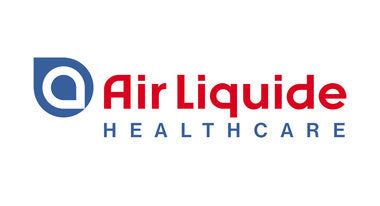 The Silent Danger of Drowsy Driving & How to Prevent Them
The Silent Danger of Drowsy Driving & How to Prevent Them
What are Microsleeps?
What are microsleeps? They are brief, involuntary episodes of sleep that can last from a fraction of a second to 30 seconds. Often, individuals are completely unaware they've even happened. This makes microsleeps a silent and dangerous contributor to drowsy driving accidents. The scary part? Individuals experiencing microsleeps are often unaware that they've even occurred [Air Liquide Healthcare]. This makes them incredibly dangerous, particularly for drivers.
The Catastrophic Dangers of Microsleeps on the Road
Imagine driving down the highway and suddenly falling asleep for just a few seconds. In that short time, your car could veer off course, potentially leading to a serious accident. Consider this: a vehicle traveling at 60 km/h covers nearly two football fields in just 10 seconds. A microsleep at the wheel could be catastrophic.
Are Microsleeps a Symptom of a Sleep Disorder?
Microsleeps are a significant safety concern, especially for drivers and those operating heavy machinery [National Sleep Foundation]. They can be a symptom of underlying sleep disorders, such as obstructive sleep apnea (OSA) [American Academy of Sleep Medicine]. OSA disrupts sleep, leading to daytime fatigue and an increased likelihood of microsleeps.
How to Prevent Microsleeps and Drowsy Driving
- Get adequate sleep.
- Recognize the warning signs of fatigue (yawning, blinking, difficulty focusing).
- Pull over and take a power nap (15-20 minutes).
- Avoid driving at peak sleepiness times (2-4 a.m. and 1-3 p.m.).
- Don't rely on caffeine or loud music.
- Consider a "driver fatigue alarm."
When to See a Healthcare Professional
If you regularly experience daytime sleepiness or have difficulty staying awake, it's essential to consult a healthcare professional to rule out any sleep disorders. Drowsy driving is a major public health issue, and microsleeps play a significant role [NHTSA].
References:
- Air Liquide Healthcare. Wide Awake Workforce: A Course on the Impact of Fatigue on Health and Safety. [Add specific details about the training material here if possible, e.g., "Training Manual," "Online Course Module," Date Accessed].
- National Sleep Foundation. Microsleeps. [Find the specific page on their site and add the URL here].
- American Academy of Sleep Medicine. [Find a relevant page on their site about microsleeps or drowsy driving and add the URL here].
- National Highway Traffic Safety Administration (NHTSA). Drowsy Driving. [Add the specific URL to their drowsy driving page here].

Myth vs. Fact: Oxygen Therapy Edition!
Case Study: OSA on the Jobsite